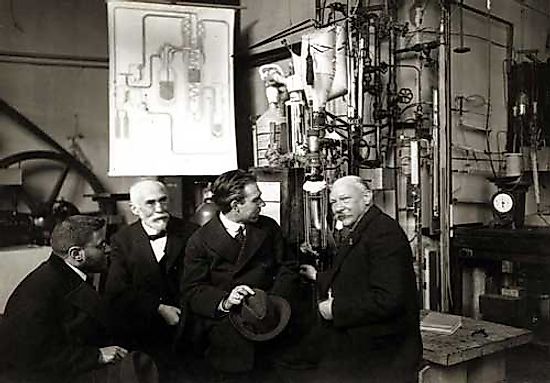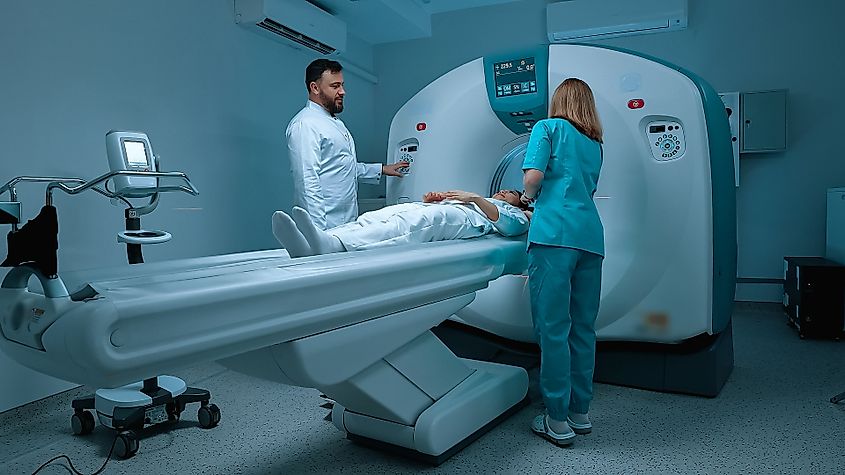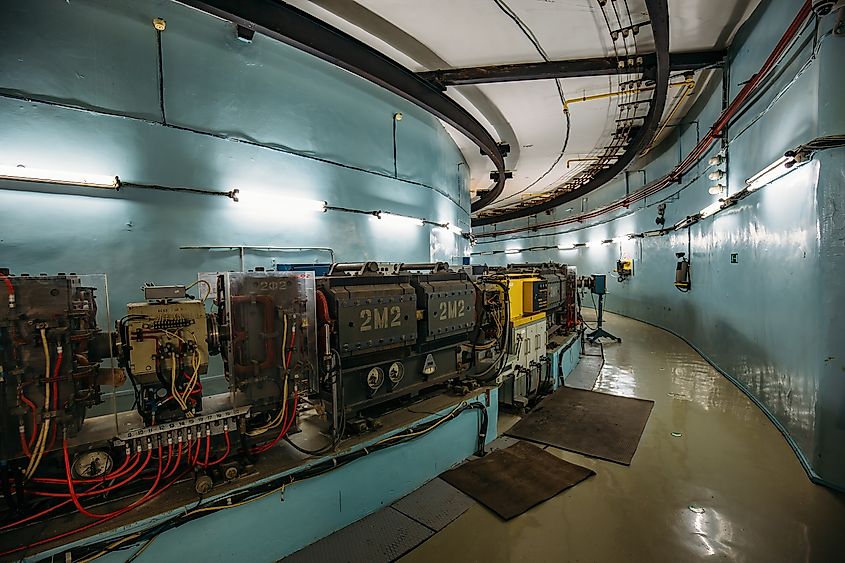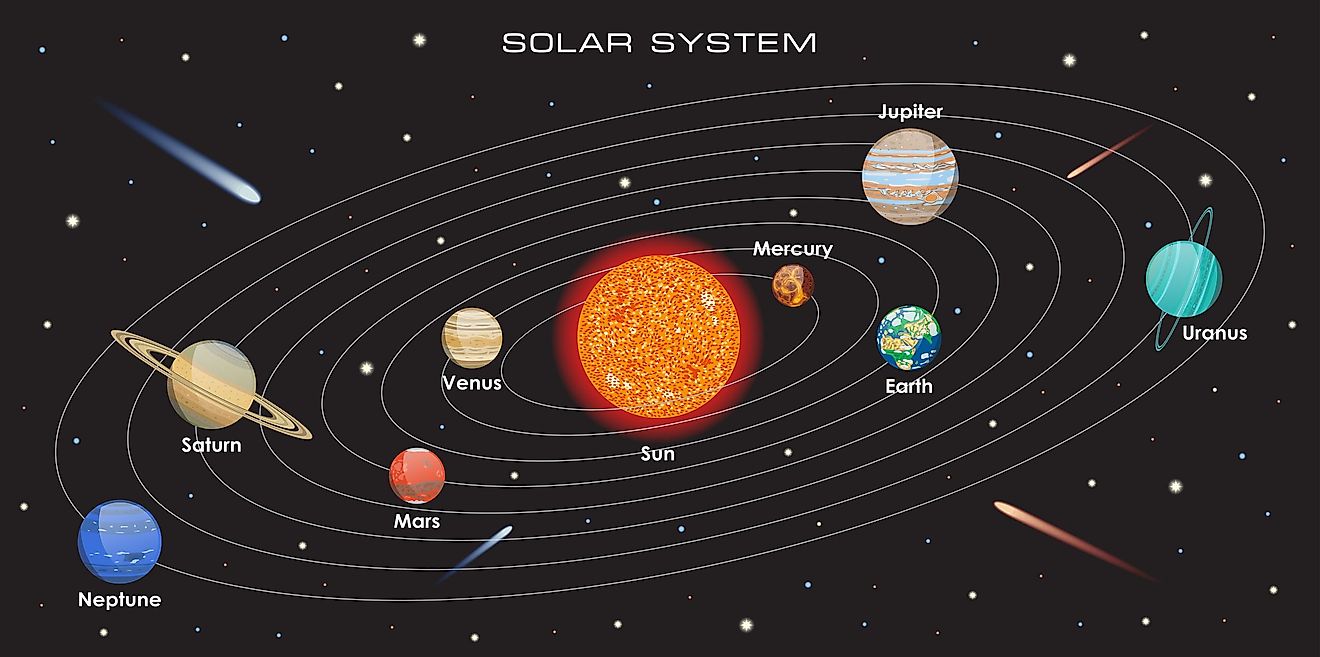
What Is Superconductivity?
Superconductivity is a quantum mechanical phenomenon where a material exhibits zero electrical resistance and expels magnetic fields below a certain critical temperature (or transition temperature) involved in the process of magnetism. The phenomenon is observed through magnetic fields when critical values are detected, which causes superconductors to act differently or in an abnormal state from their usual behavior. The concept itself is essential to all physicists who delve into temperature, magnetic fields, and matter, among other lesser-known topics of modern physics and technology that rely on conductors.
Historical Background

In 1911, Dutch physicist Heike Kamerlingh Onnes discovered superconductivity while observing and analyzing electrical resistivity within the properties of mercury. Onnes found that there was no electrical resistance within mercury wiring when a cooled temperature was already in place. He believed that any superconducting material could maintain a normal state as long as strong magnetism and cold temperatures aligned.
Later, in the 1930s, scientific communities argued that superconductors were diamagnetic, meaning they could both repel and expel magnetism, later known as the Meissner effect. Several theories up through the 1950s stated that vibrations and energy gaps made it easier to determine thermal and cooler temperatures within superconductors. Still, many are too specific and based on various factors and phenomena.
Fundamental Principles

When it comes to superconductivity, materials used can conduct electricity without resistance, which means they can generate an effect when cooled or below a critical temperature value. This proves that electrical currents during superconductive scenarios flow without the loss of energy, making them able to be sustained and last longer, unlike other elements, such as copper. Fundamentally, this allows the concept to be utilized or applied to determine what materials can do what in different environments and scenarios requiring electricity or magnetism as a factor for study.
The Meissner effect guarantees that magnetic fields are expelled when materials enter the superconducting state. This is an important aspect of superconductivity because physicists can detect magnetic levitation and shielding, which are crucial to superconductive materials as a whole. Conventional conductors, unlike superconductive types, usually rely on at least a portion of finite resistance to achieve electrical changes. Conventional materials rely on finite resistance for electrical conduction, while superconductors require extremely low temperatures to maintain their unique, lossless current flow.
Theoretical Framework

Quantum mechanics, in the case of superconductivity, allow electrons to move through currents without any resistance. In superconductor processes, quantum concepts help explain how and why superconductors do what they do due to electrical resistance and Cooper pairing from electrons. There are lattice vibrations, leading to material changes that help explain the purpose of superconducting. Analyzing electron behaviors is crucial for both resistance and magnetism, which is why it is a theoretical asset for physicists.
The Bardeen-Cooper-Schrieffer (BCS) Theory is defined as a means by which superconductivity is a microscopic effect that is created out of condensed Cooper pairings of electrons. This was originally conceived and developed in the 1950s by John Bardeen, Leon Cooper, and John Robert Schrieffer. Cooper pairs are important because they create a formation between two electrons that results in some outcome or consequence, similar to how vehicles on the road may draft or align near each other to increase speed and momentum over time. The intended effect of a Cooper pairing is superconductivity, usually due to electrons being bound together at low temperatures, and this makes it easier for observers to understand the significance of electrons condensing in a collective quantum state.
Types of Superconductors

There are two main types of superconductors, divided into Type I and Type II, based on the expulsion of magnetic fields. Type I superconductors are "soft" superconductors, including pure metals or metalloids like lead or mercury, that can expel magnetism completely. Type I is affected by a threshold or critical value (essentially an intermediate state). As a key limitation, magnetic fields are weaker and lose superconductivity when there is no critical point.
Type II or "hard" superconductors refer to complex materials like ceramics and alloys. Unlike its counterpart, Type II has a critical magnetic field that can minimally penetrate in a mixed state after a lower magnetic field erupts or occurs in the vortex state. These types are generally stronger than Type I due to being able to sustain superconductivity.
A special category within Type II is high-temperature superconductors (HTS), which remain superconducting at temperatures above 77 K (the boiling point of liquid nitrogen). While promising for applications like maglev trains, power transmission, and quantum computing, HTS materials are often brittle and difficult to fabricate, posing engineering challenges despite their high potential.
Applications of Superconductivity

Medical imaging devices and technologies, especially magnetic resonance imaging (MRI) systems, are not only important to medical professionals and patients but are also key components within the realm of superconductivity. Superconductors can enable strong magnetic fields, which result in higher-quality scans. The use of superconducting coils and cryogenic temperatures creates the best structural magnetic imagery with minimal energy loss.
When it comes to particle accelerators and scientific advancements, the use of superconductors allows for enhanced magnetic fields and makes it easier to steer and focus stronger particle beams through electromagnetism. By implementing superconductivity in particle accelerators, scientists can recognize electrical fields and their impacts on particle physics. Power transmissions and energy storage units are not exempt from this, as superconductors are used to expand power capacities and reduce technical barriers. Electricity can further expand across power lines and long-distance areas, allowing for compact infrastructure and a healthier electrical grid.

For emerging technologies, such as maglev trains and quantum computing, researchers can utilize superconductors to better adapt to magnetic repels for train movement and high-speed frequencies, such as guidance, propulsion, braking, and repositioning. With advances in magnetometers and quantum electric resistance today, tourists and locals alike can enjoy a smoother ride!
Final Thoughts
With revolutionary advancements in power transmissions, high-speed technology, and energy efficiency, there will always be more persistent uses of superconductors in everyday life. As we become more prone to using technology to achieve personal and professional goals for livelihood, there is no doubt that superconductivity will continue to play its role in the future. As society furthers its use of electrical devices and high-tech applications, there will always be a crucial need for electricity and efficiency. By optimizing and revolutionizing superconductors, more industries will adapt and make world-changing scientific progress.











